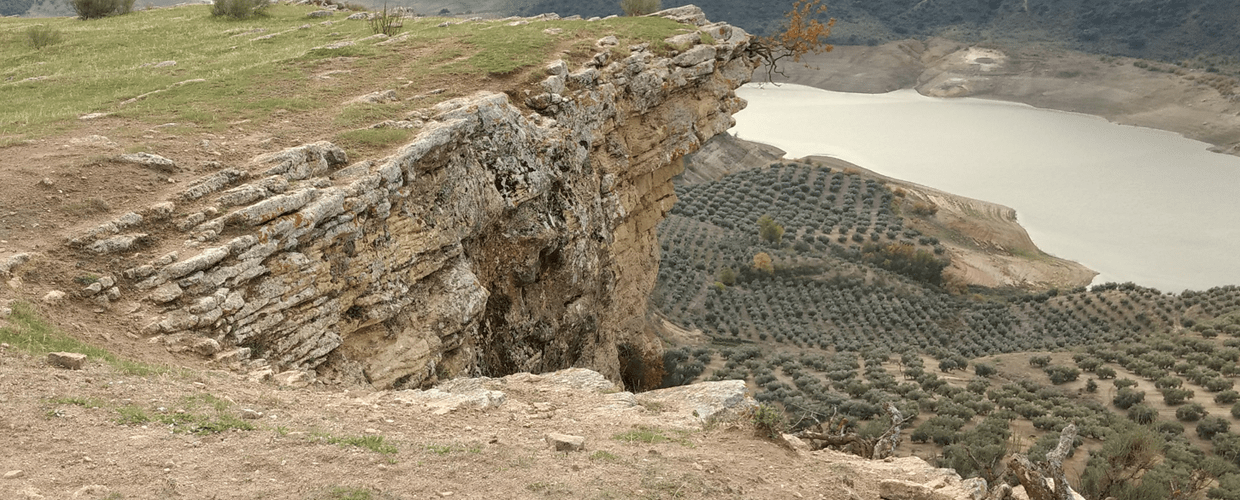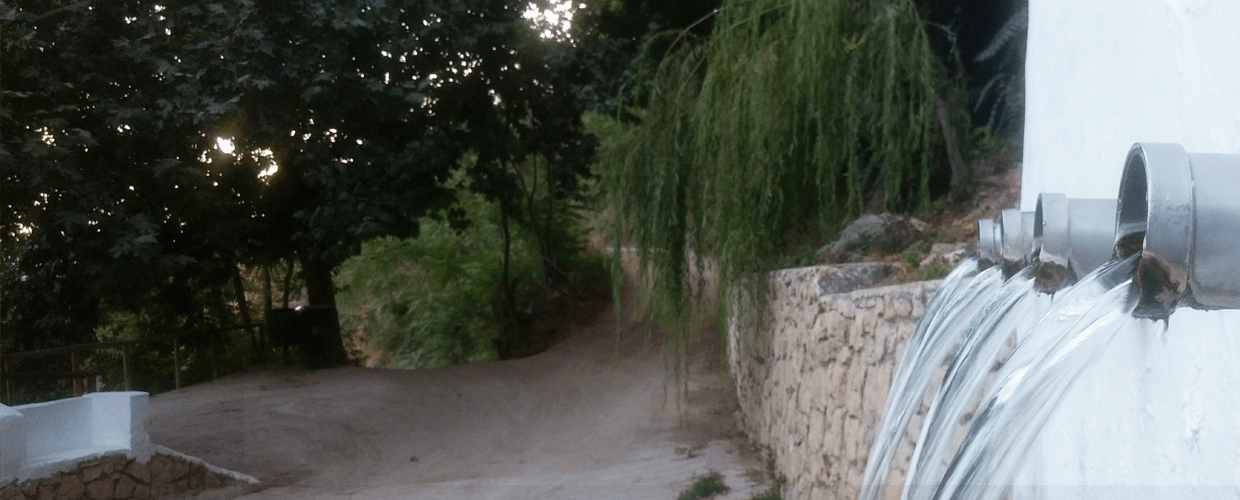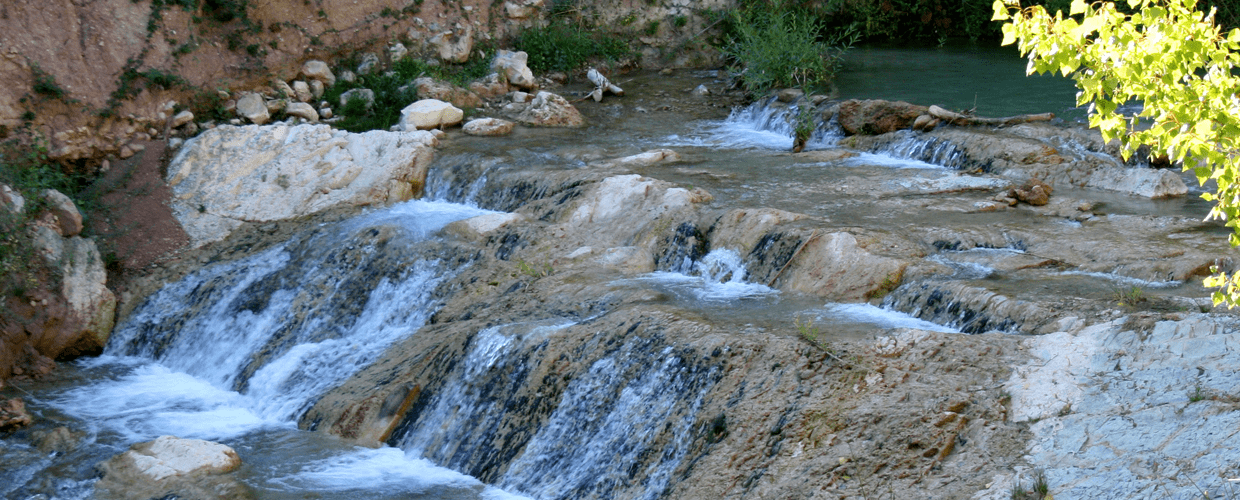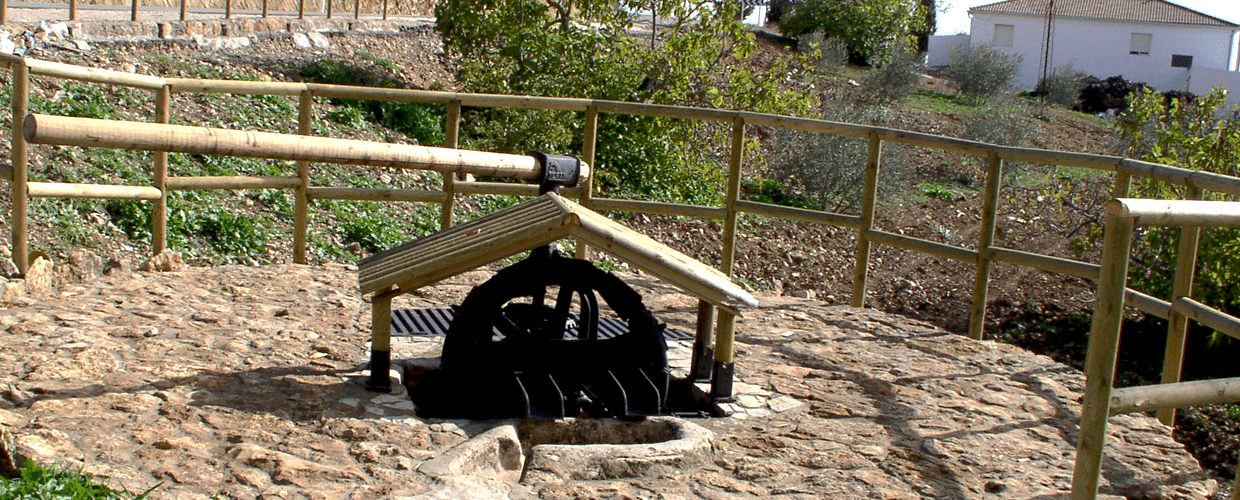Technical description

| Type of walk: | |
|---|---|
| Rural road and lane / Old castle drove | |
| Distance: | Difficulty: |
| 3.7 Km | Low to medium |
| Duration: | |
| Hiking (4 - 5h) / Cycling (1 - 2h) / Horse riding (2h) | |
| Restrictions: | |
| Speed limit to motor vehicles to 20km/h | |
| Uses: | |
| Occasional fishing activities. | |
Itinerary description
The route begins on the Loja – Priego road where you head down a rural road towards the flat lands of “El Raso”, passing by some farmhouses. This road is known as the “Via Pecuaria” and was an old cattle drove.
Continue along the walk where you will come across various other paths heading off in different directions. After crossing the stream “Arroyo Palancar” the route changes direction towards the farmhouses of “El Raso Alto y Bajo”, and then meanders along to the lands of Palancar. Here the route meets the Algarinejo – Fuentes de Cesna Road and the start of the Frontier route.
If you were to carry on, for about 700m, along the Algarinejo road heading east, on the opposite side of the road you will meet up with the Route of the rivers and their habitats.
The environment
The walk works its way through a mountain range to one side known as the “Subbetica” and to the other the lower area of “El Raso” and the basins of the river Pesquera. You can observe a very well preserved forest dominated by black poplar, rushes, bramble patches, hawthorns, etc. In addition, within the river basin you will find patches of Mediterranean forests dominated by gall oak. A unique botanical enclave is the area “El Raso Bajo” at 150m to the east of the farmhouses, where there are 6 or 7 outstanding botanical species.
There is a diverse fauna present, such as the Montpellier and ladder snake, weasel, badger, genet, common hare and the red-legged partridge and numerous other birds and insects living amongst the trees. Also you may see a golden eagle, short-toed eagle, Bonelli´s eagle or a griffin vulture. In the streams you may find “Boga” (a South American ray-finned fish) (now in decline), Barbell, Loach and various species of aquatic birds.
The culture
Farming of the dry lands of “El Raso” and the irrigated valleys has been the principal activity in this area. The first farmers of the region began the agriculture of herbaceous plants (food for the cattle and various cereals), alternating seasonally with pulses such as lentils, beans and chick peas to avoid exhausting the land. The cattle ranch was used to provide stubble which provided sufficient nutrients to close the agricultural cycle.
This system remained in place until the 20th C when the introduction of chemicals altered this process. Although traditional methods can still be observed in some parts of the area. It is an area of great natural interest for its farming methods and its beautiful cortijos (old farmhouses) in particular those of “El Raso Alto” y “El Raso Bajo” where you can see grand properties dating back to 16th C during the conquest of the Kingdom of Granada by the Castilians.






